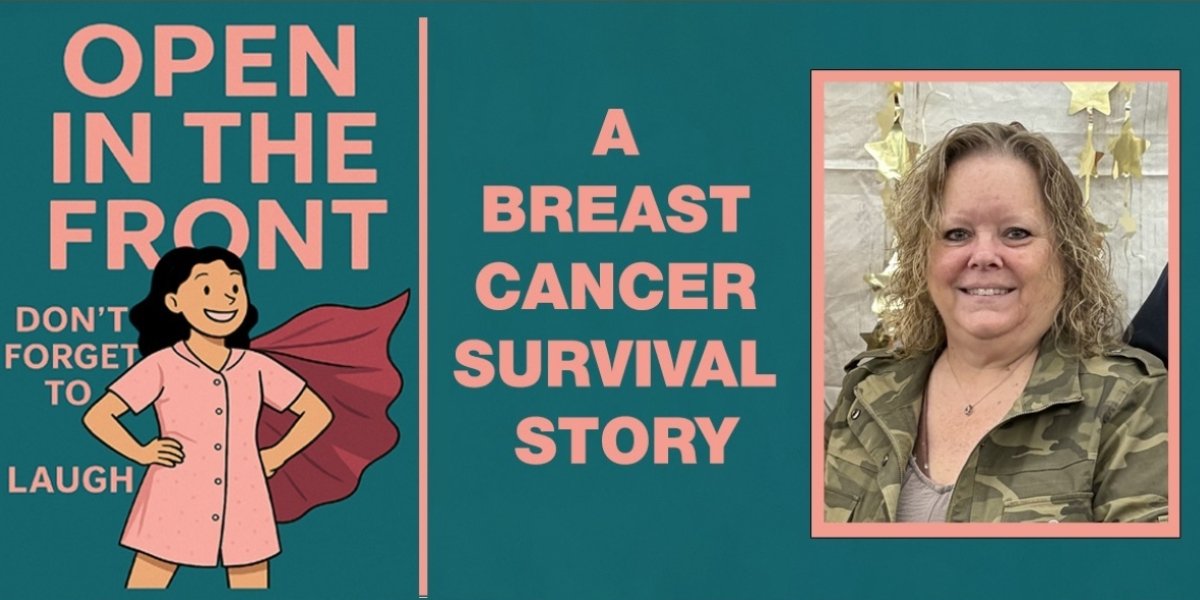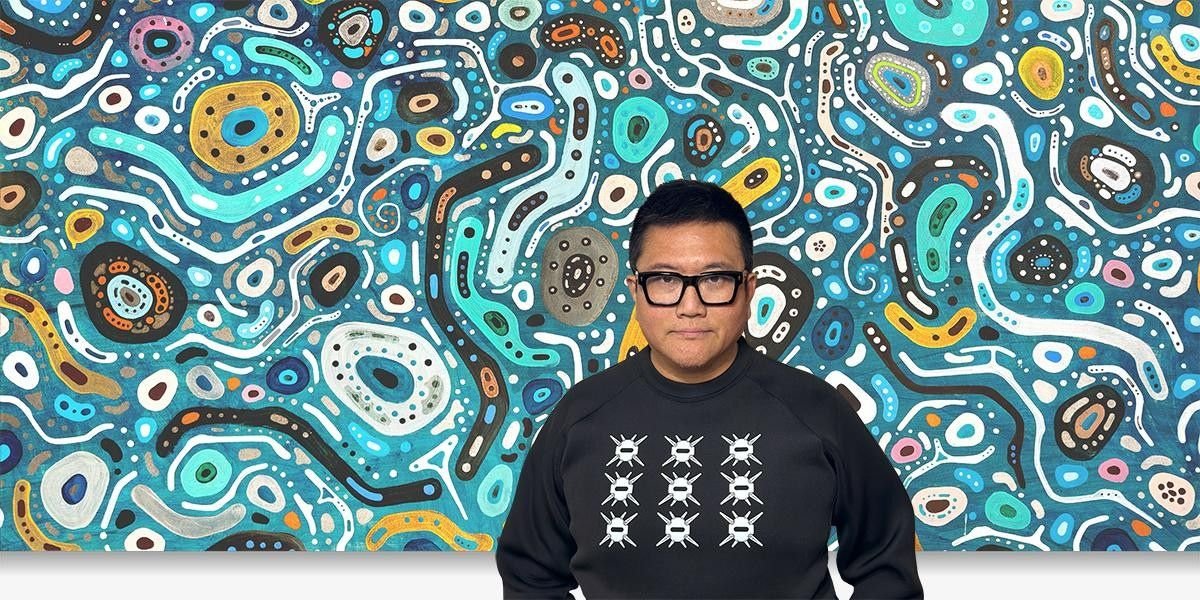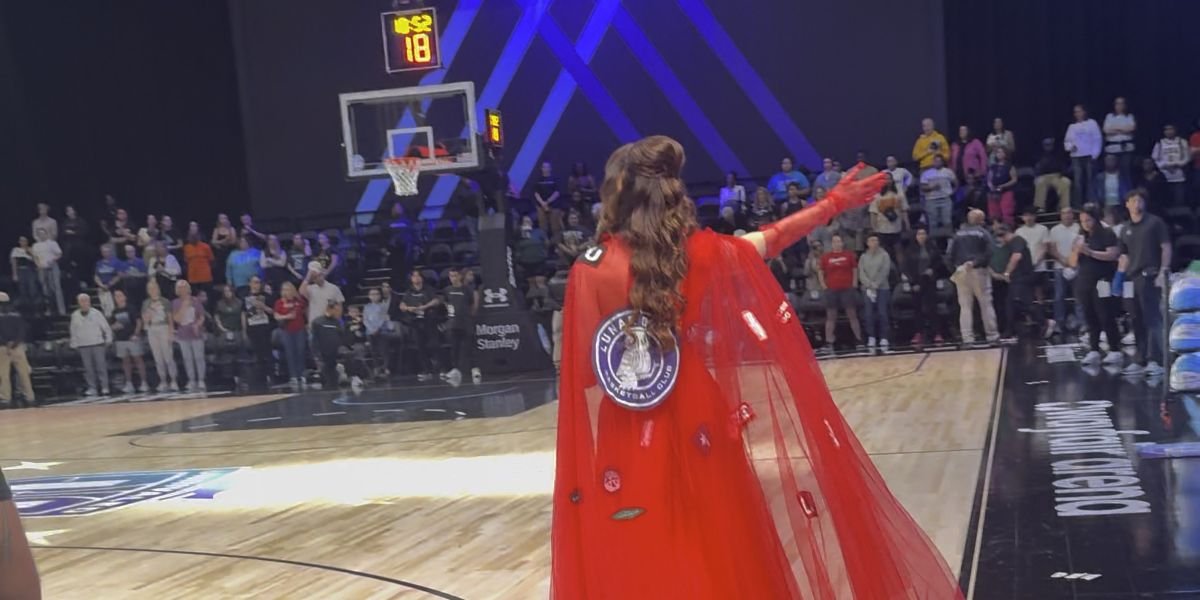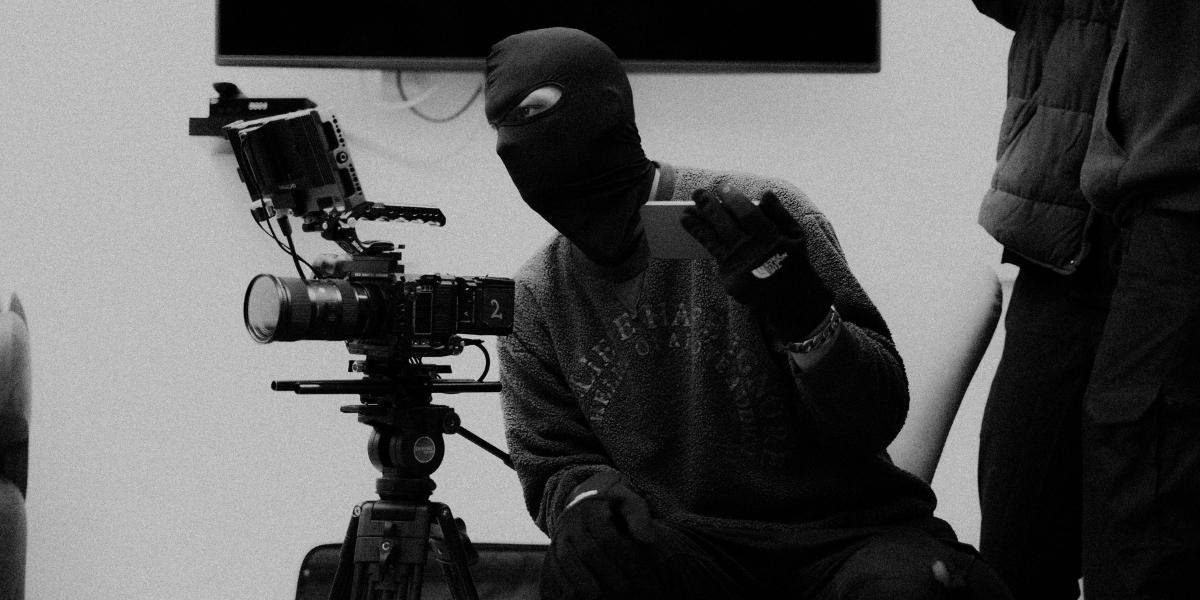By: Ankush Khanna
In the relentless churn of New York City, where dreams are forged and often fractured, filmmaker Vidhu Kota is carving out a space for stories that resonate with the complexities of identity and the pursuit of artistic validation. His latest short film, “Fool’s Gold,” offers a poignant glimpse into the struggles of an Indian sculptor navigating the precarious landscape of the art world, a narrative that mirrors Kota’s own journey as an Indian filmmaker in America.
Kota, a New York City-based writer, director, and editor, brings a unique perspective to his work, informed by the duality of his Indian heritage and his experiences living in the United States. “My films explore the intricacies of navigating life in a foreign land,” Kota explains, “probing the intersections of culture and identity.” This exploration is evident in “Fool’s Gold,” which follows Anu, an Indian sculptor whose dreams of artistic recognition are constantly thwarted by realities. Forced to resort to posing as a living statue in Central Park, Anu’s desperation for acceptance leads him down a path of deception and ultimately, humiliation.
The film, which has garnered recognition at several film festivals, including the Cal Film Festival and the Independent Shorts Awards, delves into universal themes of love, loss, and the search for home, all while challenging cultural stereotypes. Anu’s story, though specific to his experience as an artist, speaks to the broader struggle of finding one’s place in a world that often prioritizes practicality over passion. “Fool’s Gold” isn’t just about the gilded facades we wear,” says Kota, “but about the raw truth beneath.”
Kota’s artistic influences stem from his deep appreciation for cinema that explores human vulnerabilities. His work is often compared to the nuanced storytelling of filmmakers like Asghar Farhadi and Wong Kar-wai, directors who emphasize character-driven narratives steeped in emotional authenticity. “I want my films to feel intimate, as if the audience is stepping into a world they recognize, even if they haven’t lived it themselves,” Kota shares. This philosophy manifests in “Fool’s Gold,” where even the smallest moments—a lingering glance, a forced smile, the quiet desperation in Anu’s eyes—carry immense weight.
A keen eye marks Kota’s work for visual storytelling and a deep understanding of the human condition. His films reflect his personal journey, inviting viewers to connect with universal themes and emotions. “Fool’s Gold” is a testament to his ability to blend artistic vision with technical expertise, creating a film that is both thought-provoking and emotionally resonant. The film’s cinematography, led by Kota himself, makes effective use of contrasts—harsh city lights juxtaposed with dimly lit interiors—mirroring Anu’s inner turmoil. The film’s score, composed by an emerging Indian musician, adds another layer of depth, weaving traditional Indian melodies with contemporary orchestral arrangements.

Photo Courtesy: Vidhu Kota / Fool’s Gold
The film’s impact is further underscored by a glowing review from Bob Giraldi, the director behind the cult classic “Dinner Rush” and Michael Jackson’s iconic “Beat It” music video. Giraldi praised the film’s storytelling and its ability to capture the complex emotions of an artist grappling with self-doubt and the yearning for recognition. “A simple, short plot that deals with obvious complications and innuendos reeking all over it—it’s not easy to be taken seriously as an artist—even by oneself,” Giraldi commented.
“Fool’s Gold” has garnered significant recognition on the film festival circuit, underscoring its impact and artistic merit. The film received the Outstanding Achievement Award for Student Short at the Cal Film Festival, a testament to Kota’s skill in crafting a compelling narrative within the student filmmaking realm. Further bolstering its award haul, “Fool’s Gold” earned a Bronze Award for Best Indie Short at the Independent Shorts Awards, highlighting its strength within the broader independent film landscape. The film also resonated with audiences, receiving the Audience Choice Award Honorable Mention at the Yonkers Film Festival, demonstrating its ability to connect with viewers on an emotional level. Adding to its accolades, “Fool’s Gold” was honored with the Best Student Film award at the prestigious Golden Gate International Film Festival, solidifying its standing among emerging filmmakers. These awards collectively showcase the film’s quality and its ability to resonate with both juries and audiences, marking a promising start for Kota’s career and “Fool’s Gold”‘s journey.
Beyond the festival circuit, “Fool’s Gold” has sparked discussions about the challenges faced by immigrant artists in America. The film subtly critiques the barriers that exist within the art world—whether racial, economic, or institutional—and highlights the resilience required to overcome them. “There’s a certain expectation of what art should be, who should make it, and how it should be consumed,” Kota reflects. “As an immigrant artist, you’re constantly battling between authenticity and marketability.” This theme is evident in Anu’s arc, where his talent is overshadowed by the struggle to survive, forcing him into roles that diminish his artistry.
Kota’s commitment to amplifying underrepresented voices and shedding light on important social issues positions him as a rising star in the world of independent film. “Fool’s Gold” is more than just a story about an artist’s struggle; it’s a reflection of the human spirit’s resilience and the transformative power of art. It’s a whispered prayer, as Kota describes it, for all those dreamers clinging to passions often deemed impractical, a sentiment that resonates deeply within the heart of New York City, a city built on the dreams of those chasing their own fool’s gold.
As Kota prepares for his next project, he remains steadfast in his mission to tell stories that challenge, inspire, and provoke thought. “Fool’s Gold” is just the beginning, and if this film is any indication, the world can expect more powerful narratives from a filmmaker who understands that true gold is often hidden beneath the surface.
Published by Elle G.
















